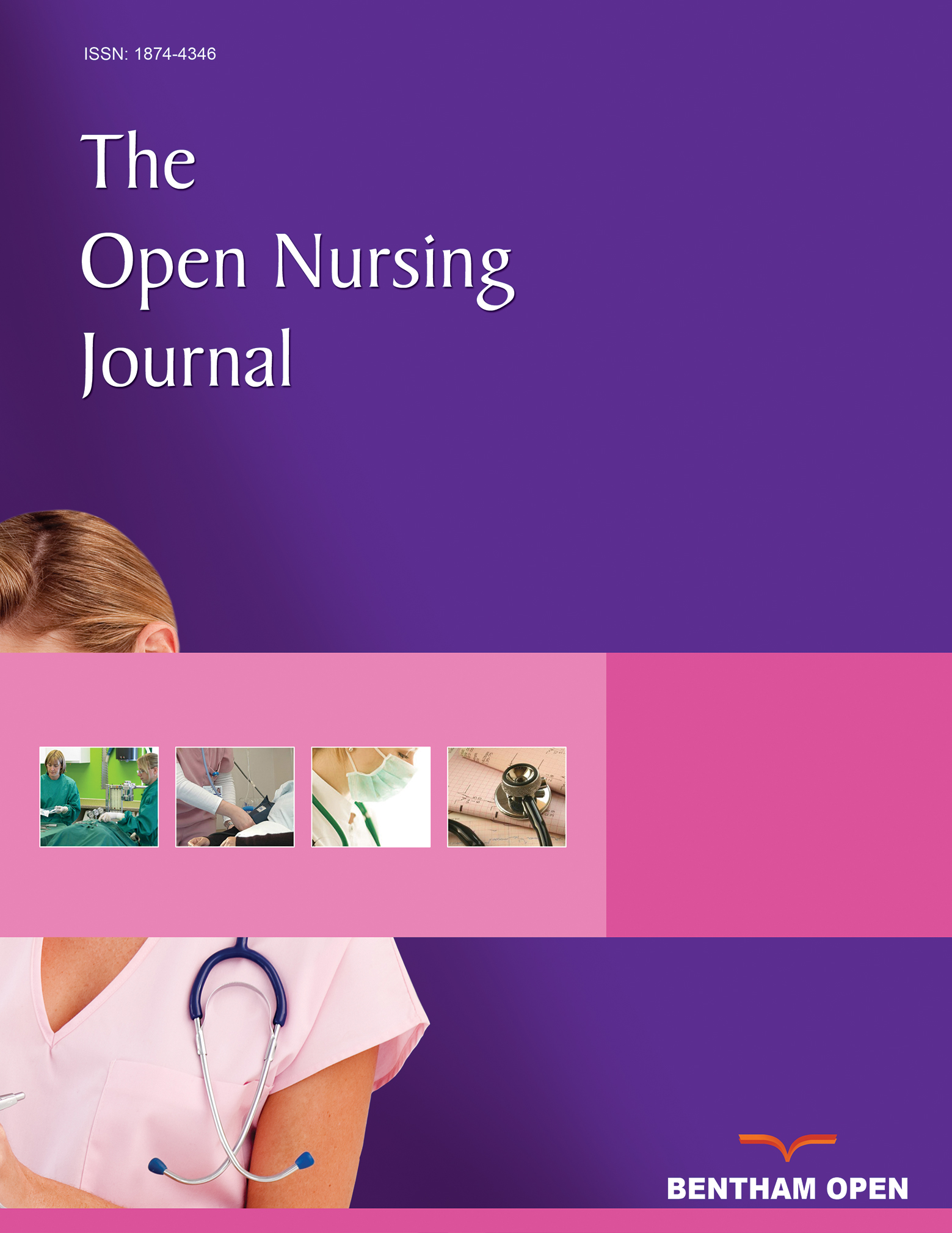Identification of Risk Factors for Breast Cancer for Women in Istanbul
Abstract
Background:
Breast cancer is the most common cancer type seen in women, accounts for 18% of all cancer types in women and the risk of a woman to get breast cancer during her life is 11%. These notified rates enable breast cancer to be defined as a preventable and if pre-diagnosed, a treatable cancer type, despite it was regarded as a terrifying type of cancer in the past.
Objective:
The aim of the study was to determine the lifestyle pattern of women without breast cancer in Istanbul.
Method:
The study was carried out as a descriptive and cross-sectional study with 1000 women.
Results:
The majority of the women (29.7%) were in the 35-44 year old age group. Out of these 93.1% gave birth before the age of 30, 29.5% breastfed for 7-12 months, 65.8% started menarche between 13-15 years of age (mean of 13.3 years), 15.5% were in menopause and had entered menopause at a mean age of 46.5 years. Their mean body mass index was 24.3kg/m2 and 24.5% of them preferred foods containing high fat content. The majority of the women (85.4%) did not participate in sports regularly. One third (30.3%) of the women had underwent Breast Self Examination. There was a positive family history of breast cancer for 12.1% of the women.
Conclusion:
Sedentary lifestyles, lower Breast Self Examination and routine mammography rates and family histories of breast cancer were the risk factors that needed to be given priority for further action.


